A personal pilgrimage: Riding the route of the North Downs Way
Having discovered a few local trails and routes near to his home last summer, editor Simon Richardson went a step further and found himself following in some ancient footsteps on a historic story-telling route.
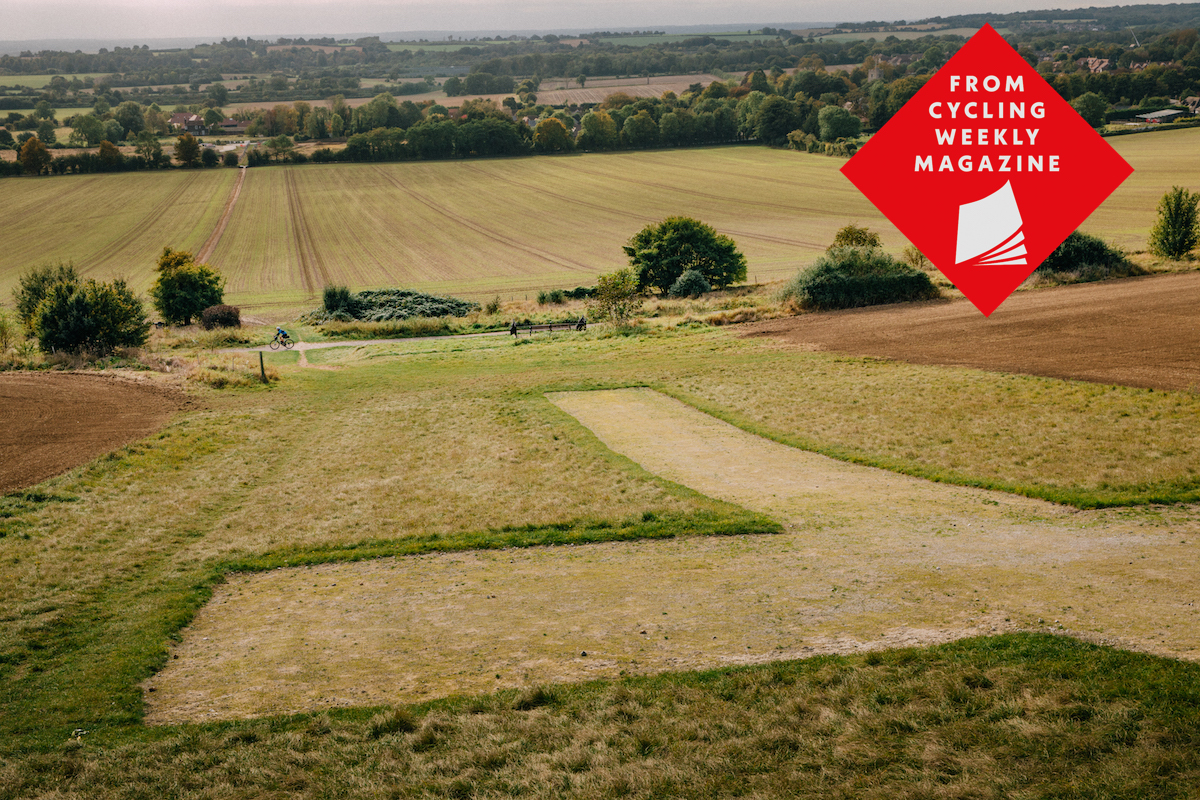

The North Downs have shaped my riding as much as anything else I can think of. Living on them means without a main-road detour there is no such thing as a flat ride for me. I either have to start or finish going up a short steep hill. Sometimes it’s both.
But I’ve always ridden over them. Never along them for more than a mile or two. In fact before I started looking into this ride, I didn’t know exactly where their start and end points were.
My interest was first piqued last year when, during lockdown, we tested some of the best gravel bikes on the market, which got me out exploring many of the bridleways and off-road routes around me. I found bits of the North Downs way that I hadn’t ridden before, plus ways to link it up with other routes that I didn’t even know existed.
It started me thinking about riding more of it. Then when looking for a bigger gravel based challenge I rediscovered Cycling UK’s 150 mile route they went public with in 2018 to celebrate the NDW’s 40th anniversary.
They had broken the 130 mile route into three stages running east to west and it was almost all rideable (there are a couple of short sections of footpath) and according to them only 34 miles of it were on roads.
Officially the North Downs way goes from Farnham in Surrey to Dover in Kent, following a line of chalk hills that run all the way. Plotting that route would be a time consuming task, thankfully Cycling UK linked through to the route on Komoot - easily the best place to find gravel ride GPX files.
It was perfect. Starting near our old offices, going within half a mile of my home at the end of stage one and heading down to Dover over a further two stages each just under 70 miles.
Get The Leadout Newsletter
The latest race content, interviews, features, reviews and expert buying guides, direct to your inbox!
My plan was to ride it in two days. I’d get the train to the start in Farnham then ride home on day one. Around 45 miles. Day two (one week later) would see me ride from home to Dover, covering stages two and three in one go.
The Shepherd and Flock country pub sits just outside of Farnham by an underpass on a busy road. As starting locations go, it was more quaint than glamorous. It wasn’t open either, but it was mid morning by the time I got there and I needed to get going.
It was a nice easy start along a mix of quiet residential roads, paths and bridleways, and despite the hills that I knew were coming, I was confident of being back home for a late lunch.
Well over an hour later I popped out to cross a main road in Puttenham and realised where I was. I was just a few short miles from where I’d started. Hmmm, this was going to be slower than I thought. That lunchtime finish was now looking a little less likely.
Having circumnavigated Guildford, the biggest town on the route, the climbing started. First up to Newlands corner, then Box Hill. Unfortunately the first hill was predominantly deep sand and the second exposed flint. Both were impossibly slow. Four to five kilometres an hour at an effort that felt like my threshold. If I’d slowed down to ease the effort I’d have toppled over.
The flat sections in between were often wet and muddy. There were sections of path along the top of Ranmore common near Dorking that ran alongside roads that I decided not to use. The Tarmac was more appealing at this stage as I knew how far I still had to go.
Eventually I rolled to the end of the route, out of food and drink and well over an hour later than planned. The whole day had been something of a slog, averaging just over 17km/h. Thankfully I was finishing the ride less than a mile from my front door. It was that thought that got me through.
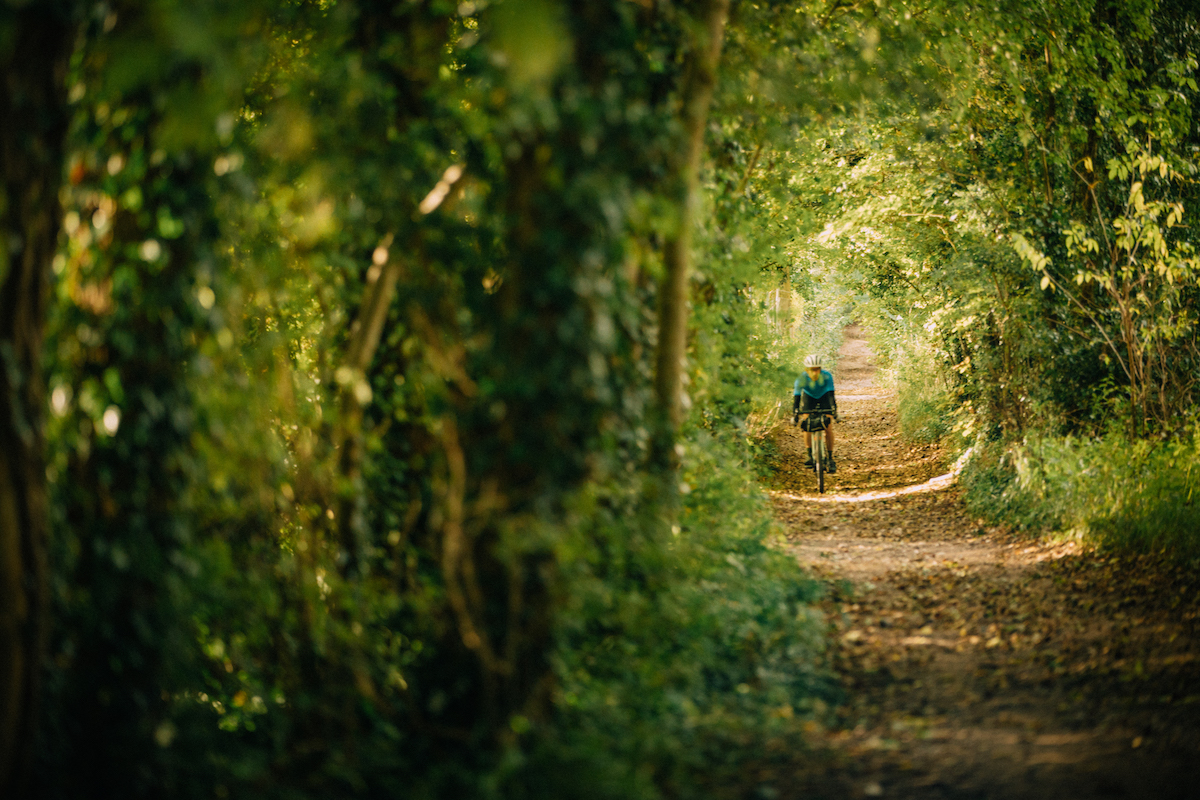
Day two - Caterham to Dover
The next week I spent wondering whether or not I’d bitten off more than I could chew. That first stage was just 67km, the next would be 142km and if it was more of the same, I doubted I could make it. I could look at a faster set of gravel specific wheels to help up my speed, but in really it was going to be down to my own fitness.
It was then I started looking at the route in more detail on Komoot. The second and third stages that I would tackle in one go looked less taxing with more tarmac and asphalt sections and a lot less climbing. (Although my GPS device would eventually record significantly more vertical gain than the route showed.)
I was also able to cut out some of the route. I’d pick it up toward the end of stage one to Oxted, but realised I didn’t need to drop down to the finish at Oxted train station (Cycling UK’s three stages all ended near stations that connect up to London) and could instead stay up on the North Downs. There was a similar time saving change I could make to the route at the end of stage two in Hollingbourne. With good weather, and a following wind I might just make it.
What kit would I need
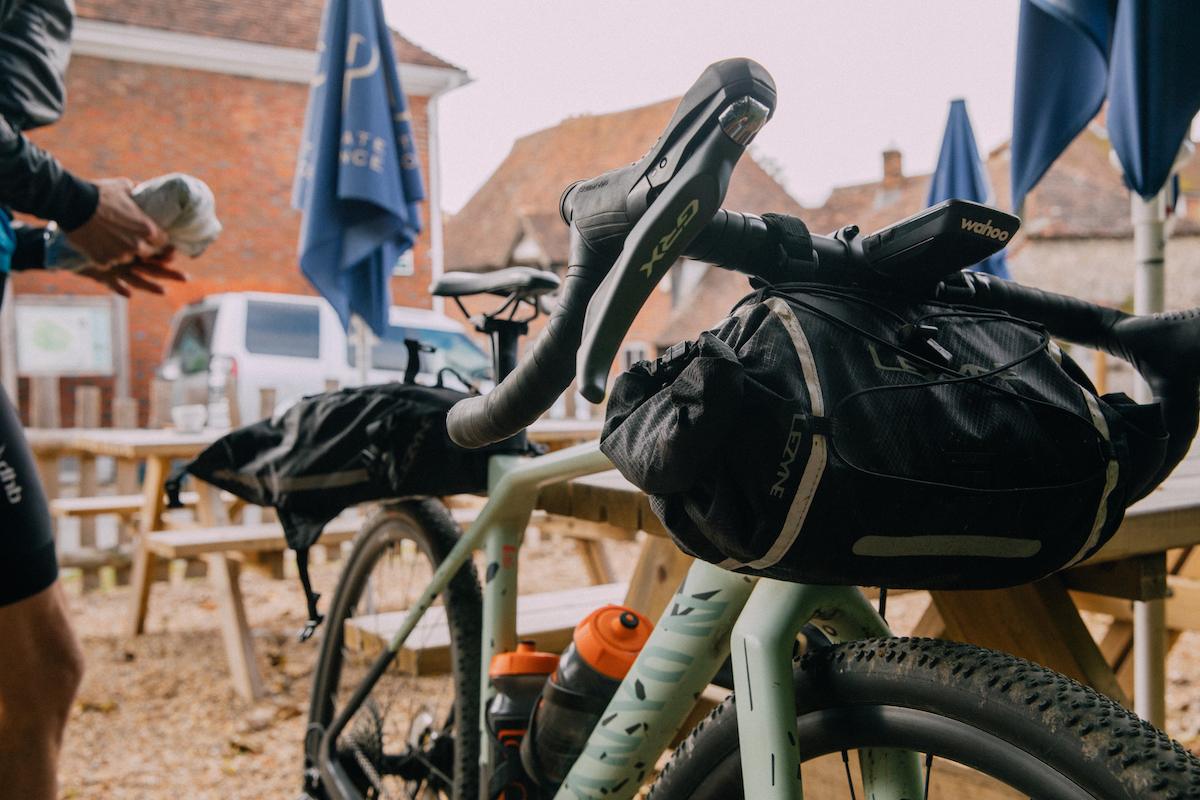
I rode the North Downs Way over two days in early Autumn (2021) on the Canyon Grizl CF SL 8 through both wet and muddy sections and hard packed fast running bridleways. It handled both with aplomb and the 45mm Schwalbe G-One bite tyres were a great middle ground choice. At points I wanted more grip, at other times less. But overall I was happy. My Lezyne bar bag and saddle pack were more than enough for all the food (I took lots) and spare kit I needed. This route could be tackled on a hardtail mtb or even a cross bike. If you have a choice it's more likely to come down to how much kit you want to carry with you and at what pace you want to tackle it. In fact, large parts of the route through Kent could be done on an endurance road bike if you could fit 30mm+ tyres on it.
With my start point for day two less than a mile from my front door, I set off earlier than the previous week, with more food in my bags, the sun shining and semi confident of making it to Dover.
I’d arranged to meet the photographer on the route in Trottiscliffe. Going on my average speed for the first leg I calculated I’d be there after around two-and-a-half hours, instead I breezed through in under an hour-and-a-half. Much of the route until then had actually been on tarmac along the Pilgrims way.
It was in fact the Pilgrims way rather than the North Downs way that made up the majority of the leg to Dover. And I was glad for that. While the NDW largely runs along the top of the downs, the Pilgrims way runs along the bottom, and does very little climbing.
There were just two significant climbs on the whole of my second leg, and rather than narrow, muddy paths, the off-road sections were mainly dry, wide, hard-packed straight bridleways. I was rolling along at a comfortable speed and ticked off the 66 miles to the days half way point at Hollingbourne in a little under three hours.
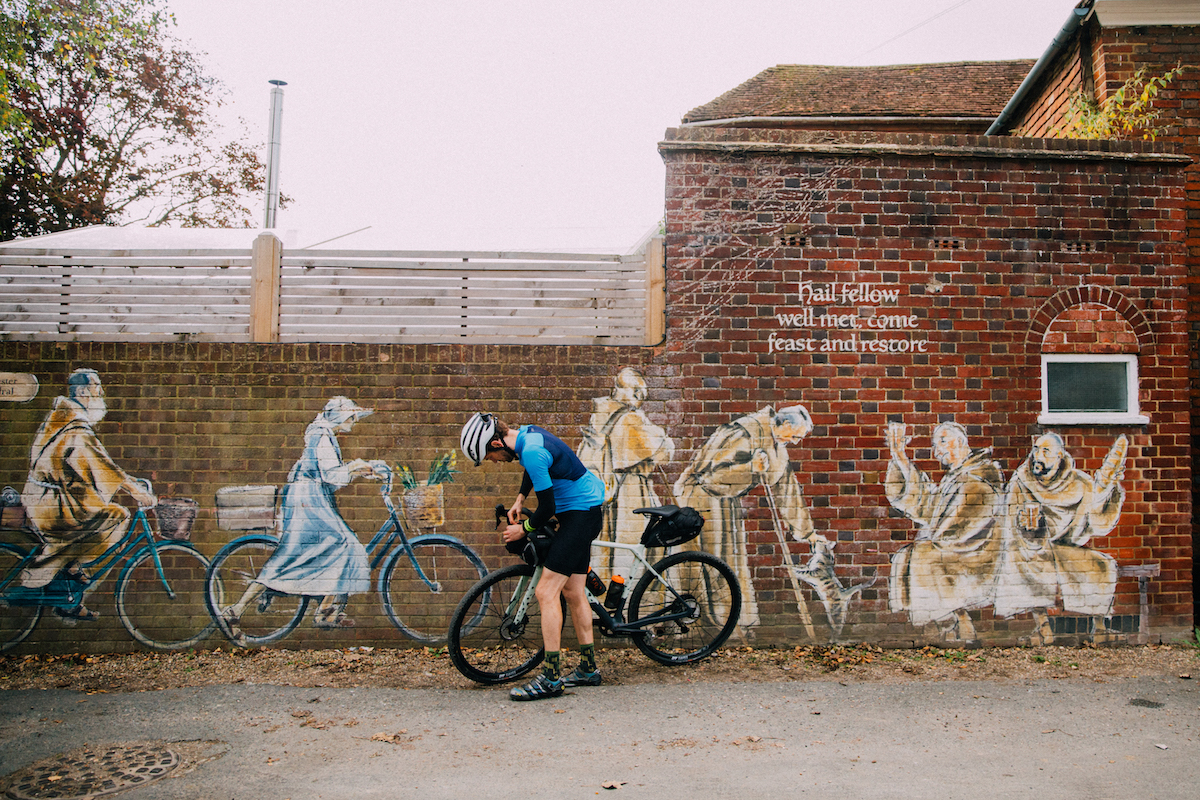
Weary pilgrims with dirty clothing have been stopping here for centuries
This little Kent town made for a perfect mid morning food stop, specifically The Dirty Habit pub, with an outside tap and a welcoming message on the wall. It was here that I realised - as I rested and ate my sandwiches - why there were so many pubs on this route.
Those pilgrims, heading to Canterbury cathedral to visit the tomb of Thomas Beckett (killed inside the cathedral in 1170 by four knights who may or may not have misunderstood King Henry II’s latin utterings about treachery), would have needed regular places to eat and drink as they wouldn’t be covering much ground. It’s pleasing to see so many of these pubs, most in picturesque locations, still going.
There are plaques, benches and signs (and pubs, did I mention the pubs?) all along the route, giving constant reminders of the origins of this route and a mini history lesson. As such it’s only natural to look out at the views to the south of the Sevenoaks Weald and Kent Downs (area of Outstanding Natural Beauty) and wonder how it’s changed over the last 900 years of pilgrimage to the seat of the Church of England.
Some of the woodlands I rode through seemed ancient, as if untouched by humans, whereas many of the beautiful tiny hamlets I popped out into were made up of cottages that were likely hundreds of years old. The huge new housing development around Medway that required some on-the-hoof, follow-my-nose navigation was less historic.
The many vineyards are a new addition too. In geographical terms, the line of chalk that I was following continues down to the Champagne area of France and is ground that grows the grapes which now make many award-winning wines. In fact some of the French Champagne houses are buying up swathes of this land. Taittinger recently invested near Chilmead and plan to plant 40 hectares of land over the next two to three years with various varieties of grapes to produce sparkling wines.
There is undoubtedly a lot to see on this route, and the views and the tranquil nature of the ride never disappoint. All this despite the fact it runs close by some of the country’s most densely populated areas.
Even the run into Canterbury is idyllic along the shallow, quietly flowing river Stour. This winding cycling and walking path took me right into the centre of the city where I suddenly hit traffic and pedestrians. Navigating through the city centre I was soon back out and heading down to Dover.
The terrain here was gently rolling, but with five hours of riding in my legs it started to take its toll. Especially the long two kilometre section over a hard packed, ploughed field that slowly wore me down.
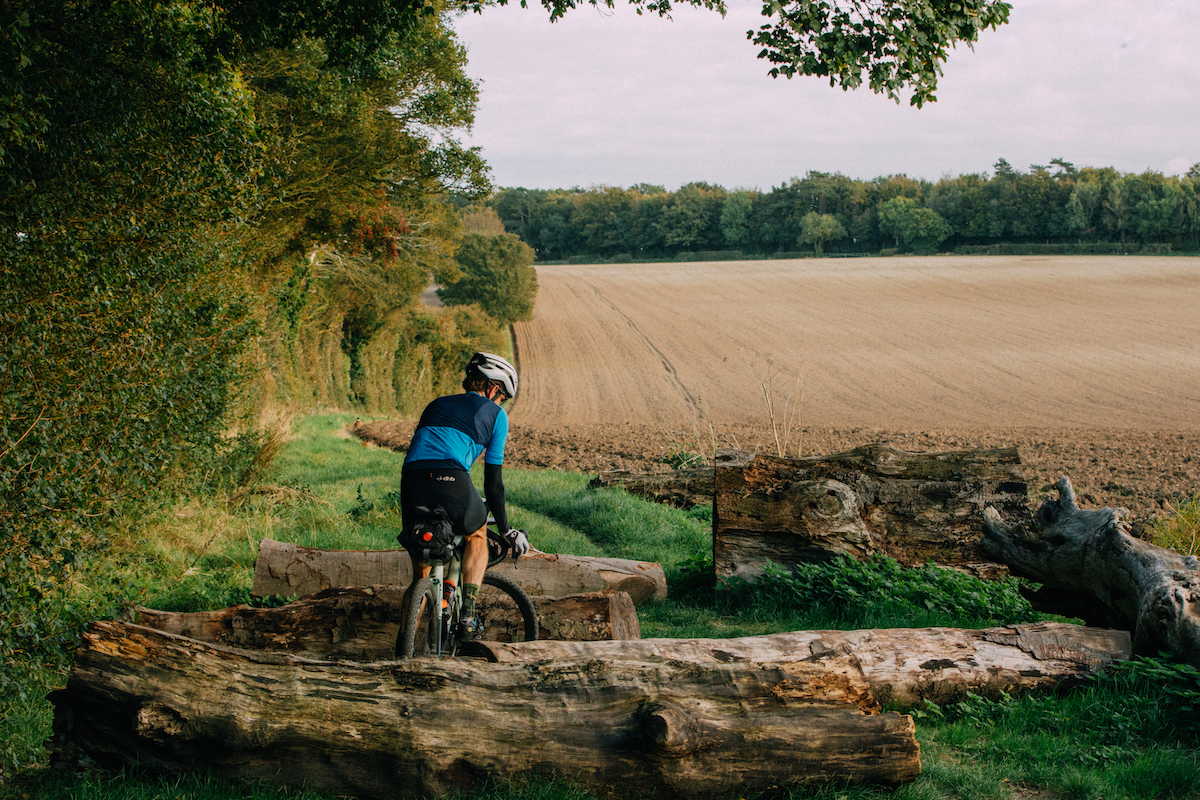
The end is in sight, but the last few miles down to Dover still allowed for a few diversions
Just before entering Eythorne I passed a blue cycle route sign showing the distance into Dover at just seven miles. My GPS showed over ten still to go. This was the first time I cursed the route. But it took me on more paths and bridleways that, though they were now hurting my tired legs, were idyllic. Heading to the coast through the quiet Kent countryside with the sun setting over my shoulder was near perfect.
I soon dropped down into Dover to finish on the harbour seafront. There is something extra special about finishing a ride at the sea.
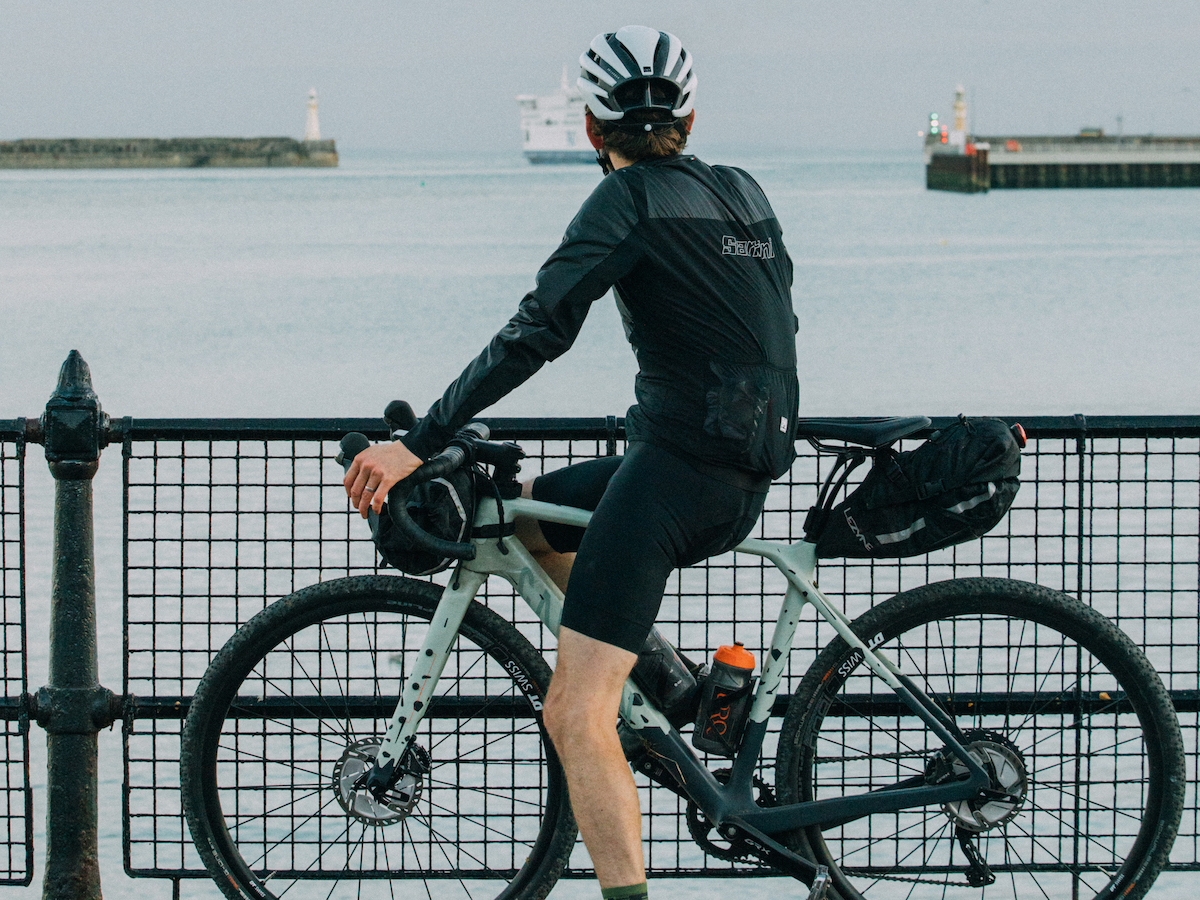
Dover harbour as the daylight fades at the end of a bid day out
I’d made it. Over six hours of genuinely quite amazing riding. After the admittedly less enjoyable effort of my first ride from Farnham, this was a totally different experience, and one of my most enjoyable days out on a bike.
Nothing too hard, beautiful scenery and I’d barely seen a car all day. I’d passed through towns where we’d had family holidays and finished in front of my wife’s grandfather's flat. I’d also ridden a stones throw from the church where I got married. How’s that for a personal pilgrimage?

Thank you for reading 20 articles this month* Join now for unlimited access
Enjoy your first month for just £1 / $1 / €1
*Read 5 free articles per month without a subscription

Join now for unlimited access
Try first month for just £1 / $1 / €1

Editor of Cycling Weekly magazine, Simon has been working at the title since 2001. He fell in love with cycling 1989 when watching the Tour de France on Channel 4, started racing in 1995 and in 2000 he spent one season racing in Belgium. During his time at CW (and Cycle Sport magazine) he has written product reviews, fitness features, pro interviews, race coverage and news. He has covered the Tour de France more times than he can remember along with two Olympic Games and many other international and UK domestic races. He became the 130-year-old magazine's 13th editor in 2015.
-
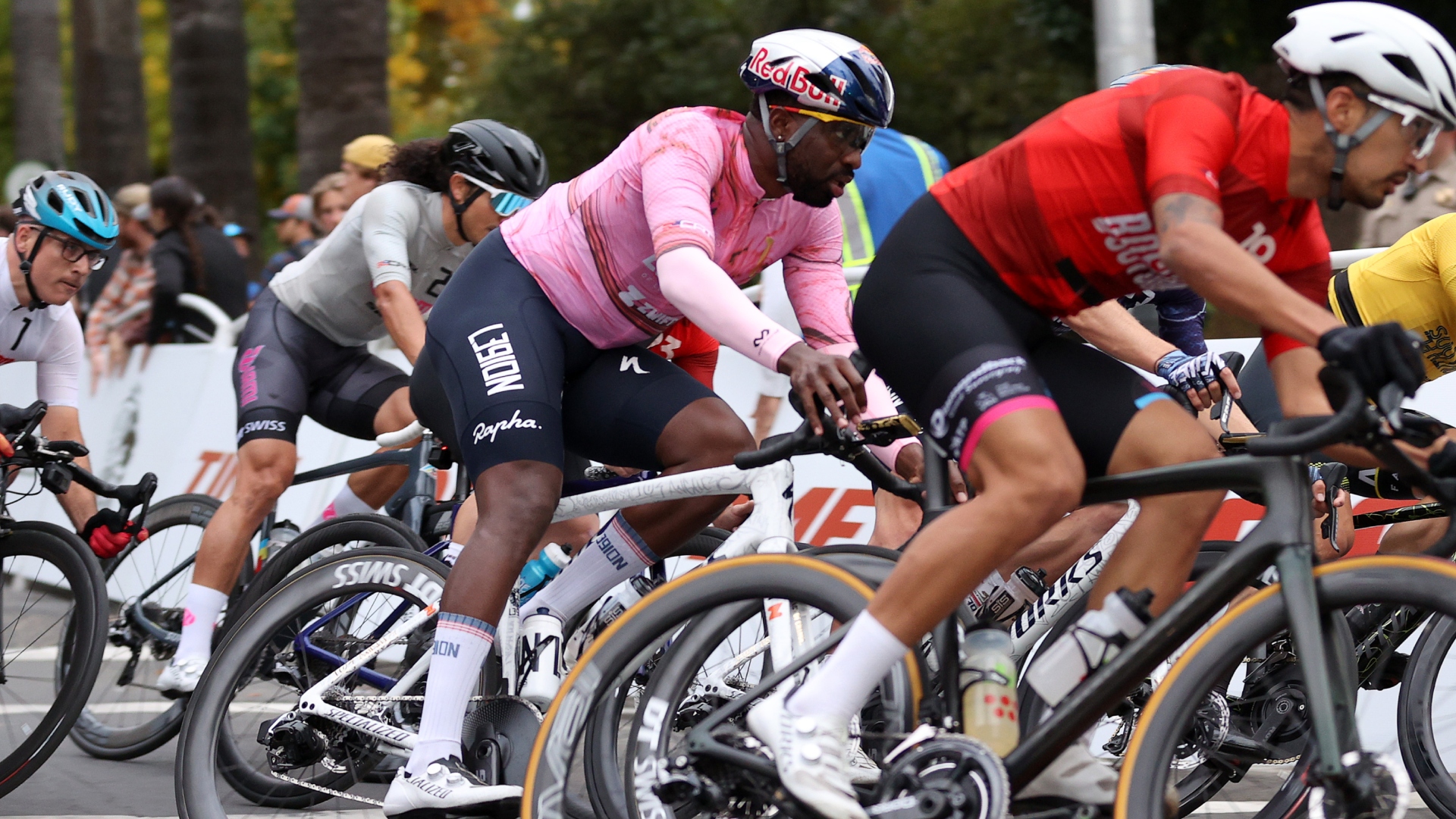 Can you make a living as an American domestic road racer? A look inside the part-time professionalism of the American road peloton
Can you make a living as an American domestic road racer? A look inside the part-time professionalism of the American road pelotonAfter decades of booms and busts, the American road scene finds itself in a fragile place. We spoke to riders to understand the reality of chasing the dream on home soil
By Logan Jones-Wilkins
-
 5 things I wish I’d known before reviewing the Swytch GO e-bike conversion kit
5 things I wish I’d known before reviewing the Swytch GO e-bike conversion kitSwytch offers an effective, albeit untidy, workaround for e–bike–curious riders. But as prices drop on full e-bikes, its value proposition may be fading
By Anne-Marije Rook